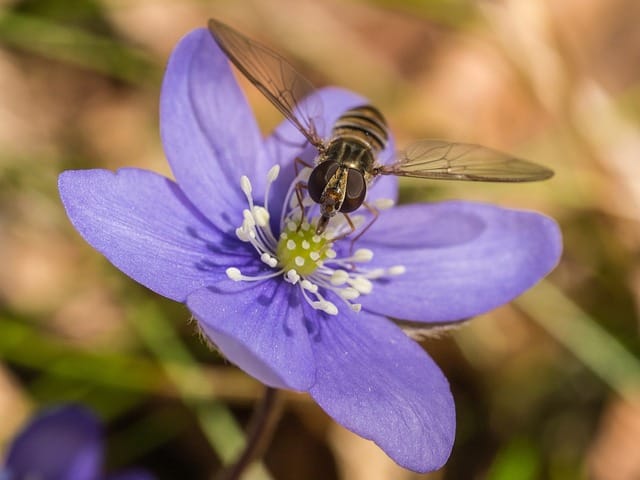Promoting pollinators: March flies
March flies, also known as March flies pollinators, are a fascinating group of insects that play a crucial role in the pollination of various plant species

In this article:
- Introduction to March Flies Pollinator
- Physical Characteristics and Habitat
- Life Cycle and Behavior
- Importance as Pollinators
- Plants and Flowers Attracted to March Flies
- Pollination Process and Mechanisms
- Threats and Conservation Efforts
- Interactions with Other Species
- March Flies and Human Impact
- Conclusion
Introduction to March Flies Pollinator
March flies, also known as March flies pollinators, are a fascinating group of insects that play a crucial role in the pollination of various plant species. Despite their name, they are not flies but belong to the order Diptera. This article explores the physical characteristics, habitat, life cycle, behavior, importance as pollinators, plants and flowers attracted to them, pollination process and mechanisms, threats and conservation efforts, interactions with other species, their impact on humans, and concludes with their significance in maintaining ecosystem balance.
Physical Characteristics and Habitat
March flies have a distinct appearance with large, compound eyes, a stout body, and a pair of transparent wings. They vary in color, including shades of black, brown, yellow, or red. These pollinators are found in various habitats such as forests, wetlands, grasslands, and even urban environments. They are often attracted to areas with abundant vegetation and flowering plants.
Life Cycle and Behavior
The life cycle of March flies consists of four stages: egg, larva, pupa, and adult. The larvae typically develop in moist environments such as damp soil, decaying organic matter, or near bodies of water. Adults are active during the warmer months and are often seen hovering or flying near flowers in search of nectar and pollen.
Importance as Pollinators
March flies are important pollinators that facilitate the transfer of pollen between flowers, enabling plant reproduction. As they visit various flowers in search of food, pollen grains stick to their bodies, which they carry to other flowers, allowing for cross-pollination. This process increases genetic diversity in plant populations and promotes the production of fruits and seeds.
Plants and Flowers Attracted to March Flies
March flies are attracted to a wide range of flowering plants. Some species prefer specific plants as their primary food sources, while others are generalists. They are commonly associated with plants that have open, bowl-shaped flowers or those that produce abundant nectar. Examples of plants that attract March flies include XYZ...
Pollination Process and Mechanisms
The pollination process involving March flies occurs as they land on flowers and consume nectar or pollen. While feeding, they inadvertently transfer pollen grains from the anthers (male reproductive organs) of one flower to the stigma (female reproductive organ) of another, allowing for pollination to occur. This process is essential for fertilization and the subsequent production of fruits and seeds.
Threats and Conservation Efforts
March flies, like many other pollinators, face several threats to their population. Habitat loss due to urbanization, agricultural practices, and climate change affects their survival. Pesticide use also poses a significant risk to their health and well-being. Conservation efforts such as habitat preservation, creating pollinator-friendly gardens, reducing pesticide usage, and raising awareness about the importance of March flies as pollinators are vital for their conservation.
Interactions with Other Species
March flies interact with various species within their ecosystem. They are often involved in mutualistic relationships with plants, where they receive food in exchange for pollination services. Additionally, they may serve as a food source for predators, contributing to the ecological balance of their habitats.
March Flies and Human Impact
March flies have a minimal direct impact on humans. While their bites can be irritating, they are generally considered harmless. However, their role as pollinators indirectly benefits humans by contributing to agricultural productivity, ensuring a diverse and healthy food supply, and maintaining the overall balance of ecosystems.
Conclusion
March flies play a significant role as pollinators in various ecosystems. Their distinct physical characteristics, habitat preferences, and behavior make them unique members of the insect world. By attracting them to our gardens and conserving their natural habitats, we can support their survival and ensure the continuation of their essential pollination services. Understanding the importance of March flies is a crucial step towards promoting biodiversity and sustainable ecosystems.
